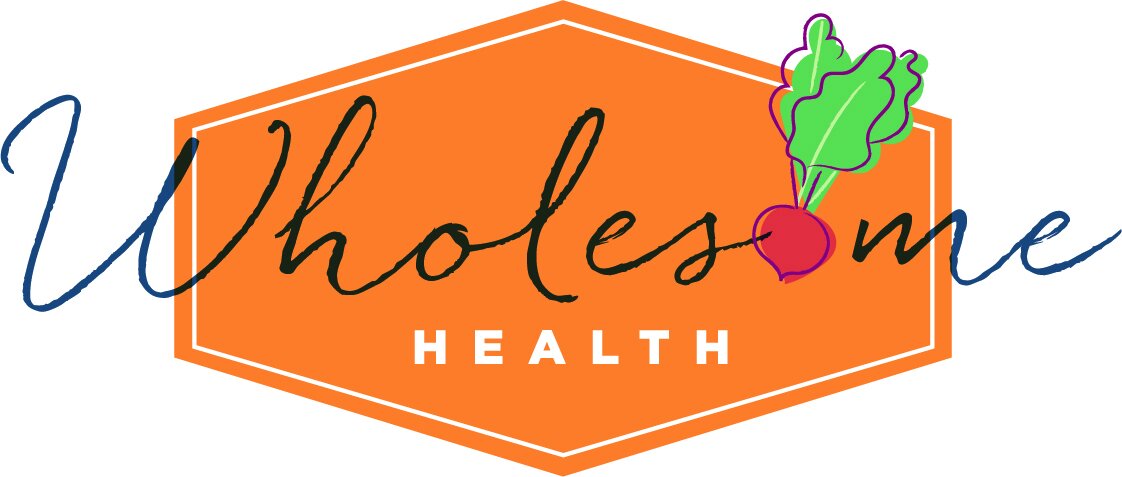Diets 101: Flexitarian Diet
Have you heard good things about eating a vegetarian diet but think it would be too hard to give up meat? Then try the Flexitarian diet! One of the great things about the Flexitarian diet is that it’s not a super strict eating plan that you have to follow, but rather a way of eating that can be modified to your liking. Today I’ll discuss what the Flexitarian diet is and the pros and cons of eating this way.
What is the Flexitarian diet?
There are no strict guidelines when it comes to following a Flexitarian diet. You don’t have to worry about counting calories or avoiding certain foods, which makes it a lot easier for many people to follow. Rather than eating completely vegetarian, you can try eating more vegetarian meals but still include some meat, fish, and poultry. Therefore, this diet is a more flexible vegetarian diet, hence the name Flexitarian.
I really like the sustainability of this way of eating because rather than following a specific diet for a set amount of time, the Flexitarian diet is just a healthy way of eating for life. It can be modified as needed and you don’t have to feel deprived if you really want to eat a steak one day.
There are 3 stages of meat eating in this diet, so choose what you think will work best for you:
Beginner - avoid meat 2 days per week and limit to 26 oz total per week
Advanced - avoid meat 3-4 days per week and limit to 18 oz total per week
Expert - avoid meat 5 days per week and limit to 9 oz total per week
Another way to look at this is based on the number of meals per week:
Beginner - 6-8 vegetarian meals per week
Advanced - 9-14 vegetarian meals per week
Expert - 15 or more vegetarian meals per week
Types to eat
As with any healthy eating plan, it’s best to choose mostly leaner meats such as chicken, turkey, and fish. Red meat is still okay to include on occasion. Keeping portions of meat small is key; remember that a standard serving size of meat is 3 oz which is the equivalent to a deck of cards or the palm of your hand.
Why eat more vegetarian meals?
Eating more plant-based meals has been shown to have health numerous benefits:
One of the main benefits of following a Flexitarian diet instead of a full vegetarian or vegan diet is sustainability. Many people struggle to completely remove meat from their diet, so this is a great compromise as it is often easier to be successful when favorite foods can still be included in the diet. Meat, poultry, and fish also contain many important vitamins and minerals such as iron and vitamin B12 so including them in small portions throughout the week can help ensure a balanced diet.
Environmental impact
Additionally, eating less meat has a positive impact on the environment. Stay tuned for a future blog post about this!
Vegetarian protein options
There are quite a few vegetarian protein sources, so you should be able to find something that fits your taste.
Beans
Lentils
Tofu
Tempeh
Edamame
Eggs
Nuts and nut butter
Seeds and seed butter
Some of my favorite vegetarian meals
There are so many delicious vegetarian meals; here are some of my favorites:
Stews and curries
Soups
Casseroles
Stir fry
As you can see, there are several benefits to eating more vegetarian meals. The Flexitarian diet is a great way to eat less meat, which is good for your health and beneficial to the environment. Feel free to share some of your favorite vegetarian meals in the comments below!




